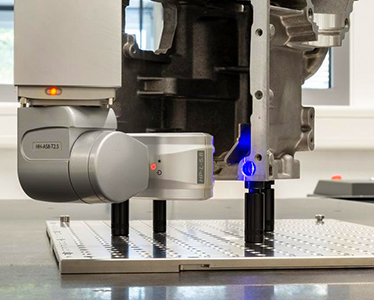What are advantages and disadvantages of forging?
2023-07-28
Today's discussion on the advantages and disadvantages of forging has been understood. After so many days of forging news updates. It is not difficult to see that Maple machinery is worthy of trust and has the strength to do a good job in every forging because Maple is keen on the development of forging.
Advantages
• The tougher final product. Generally, forging produces a tougher final product compared to casting. Particularly in terms of impact and strength characteristics. The metal’s grain flows are made to adapt to the shape of the product throughout the forging process, resulting in a tighter grain overall and a more uniform makeup and structure.
Because of this, forged objects are stronger and more resistant to wear. As a result, you may not need to make your parts stronger by using more expensive alloys.
• Higher structural integrity. The metal is less porous overall and experiences less shrinkage and voids during forging. You don’t have to make up for the several alterations that take place during casting.
• There are fewer flaws in the final product. The necessity to piece together various components is lessened through forging. Rather, it might all be forged as one unit. As no welding or attaching is required, eliminating unwarranted joints increases a piece’s total strength.
• It can be used in a wide range of sectors. In addition to minor equipment and objects like rivets, chisels, and screws, forged products also encompass everything from airplane landing rods to gears and crankshafts in trains and automobiles.
Disadvantages
It involves many stages. Most forged items require secondary operations to be finished and refined to specifications.
High tolerances are challenging to obtain. You may be required to forge items that adhere to strict tolerance levels and it can sometimes be difficult.
It is more expensive. A product will often cost more to forge than to cast. Forging involves using a great deal of powerful equipment. At the very least, you will require hammers and presses that can apply pressure to bend metals.
•These forging machinery and forging dies are large, potent, and expensive. If you’ll be forging hard metals, having heating furnaces big enough to accommodate the components is a requirement. Accurate engineering and heat-treating are needed if dies are going to be utilized in the forging process. They include considerable initial expenses as well.
It is still susceptible to various flaws. Although forging prevents shrinkage and minimizes porosity, it is susceptible to certain flaws, such as laps, piping, die failure, and improper grain flow.
Shapes are restricted. When undercuts or cored portions are required, the shapes of forged objects are constrained. Forging is also not a good option for products with very complex shapes.
























































